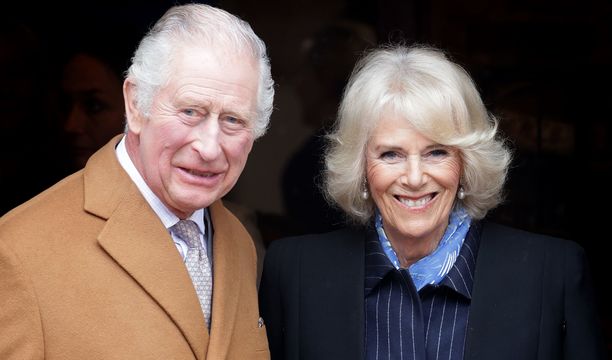
King Charles III and Queen Consort, Camilla.Getty
Here we look back on the history of the Royal ceremony of Coronations.
The British coronation ceremony is a centuries-old tradition that dates back to the early Middle Ages. Since then, the coronation of monarchs has become one of the most significant events in British history, steeped in pageantry, religious significance, and symbolism. In this article, we will explore the history of British coronations, some of the most notable coronations, and the traditions that are always adhered to.
History of British Coronations
The first recorded coronation in British history dates back to 973 AD when King Edgar was crowned in Bath. However, the modern-day coronation ceremony dates back to 1066 when William the Conqueror was crowned as King of England in Westminster Abbey. From then on, the coronation ceremony became a significant event in British history, symbolizing the monarch's divine right to rule and their duty to serve the people.
Over the centuries, the coronation ceremony evolved to reflect the changing times. During the medieval period, the ceremony was heavily influenced by the Catholic Church, with religious symbolism playing a significant role in the proceedings. However, following the English Reformation in the 16th century, the ceremony became more Protestant, with the monarch taking an oath to uphold the Church of England.
Some of the most notable coronations
Over the years, many monarchs have been crowned in Britain, but some coronations stand out more than others. Here are a few of the most notable:
- William the Conqueror (1066): William the Conqueror's coronation was the first recorded coronation in English history and set the tone for future coronations.
- Elizabeth I (1559): Elizabeth I's coronation was significant because it marked the beginning of the Elizabethan era, which was a time of cultural, economic, and political growth in England.
- George IV (1821): George IV's coronation was notable for its extravagance. It cost the equivalent of £15 million in today's money and featured a procession through the streets of London, followed by a lavish banquet at Westminster Hall.
- Victoria (1838): Victoria's coronation was significant because it was the first coronation to be held after the passing of the 1820 Royal Marriages Act, which required members of the royal family to seek the monarch's permission before getting married.
- Elizabeth II (1953): Elizabeth II's coronation was the first coronation to be televised, allowing millions of people to witness the ceremony from the comfort of their homes.
The day of the Coronation
The day of the coronation is a carefully choreographed affair that follows a strict schedule. The monarch travels from Buckingham Palace to Westminster Abbey in a procession that includes the royal regalia, state trumpeters, and members of the royal family. Upon arrival at Westminster Abbey, the monarch is met by the Archbishop of Canterbury, who performs the coronation ceremony.
The ceremony itself is divided into several parts, including the anointing of the monarch with holy oil, the presentation of the crown, and the crowning of the monarch. The ceremony is steeped in religious symbolism, with the monarch being anointed with oil on the forehead, breast, and hands, symbolizing the monarch's sacred duty to serve the people.





Comments